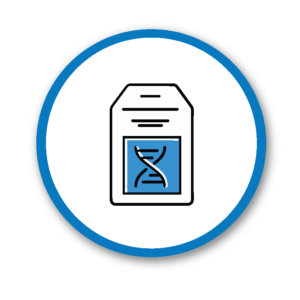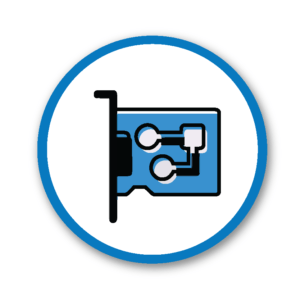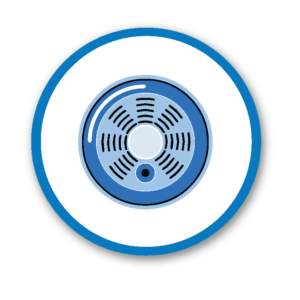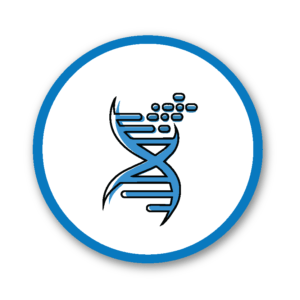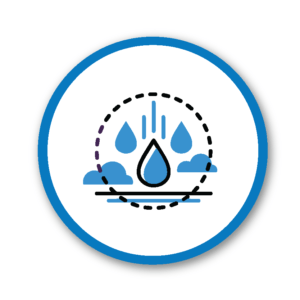Ultra low volume liquid dispensing is a technique that involves transferring very small amounts of liquid, usually in the range of picoliter to nanoliters with high accuracy and precision. It has many applications in various fields of science and technology, such as:
- Biology and medicine: Ultra low volume dispensing of liquids can be used to perform assays, experiments, and analyses that require minimal sample and reagent consumption, such as DNA microarrays, next generation sequencing, polymerase chain reaction, multiplex enzyme-linked immunosorbent assays, cell culture, and organoid culture. It can also help to reduce the risk of cross-contamination and increase the throughput and reproducibility of the results
- Other applications: Ultra low volume liquid dispensing can also be used for other purposes, such as creating micro-patterns or micro-droplets for various industrial or artistic applications.
Low volume dispensing often refers to dispensing tens of nanometers up to microliters. The main applications in that range include reagent dispensing into microtiter plates, dispensing onto lateral flow nitrocellulose test membranes, microarray spotting, and loading biosensors with biological molecules.

